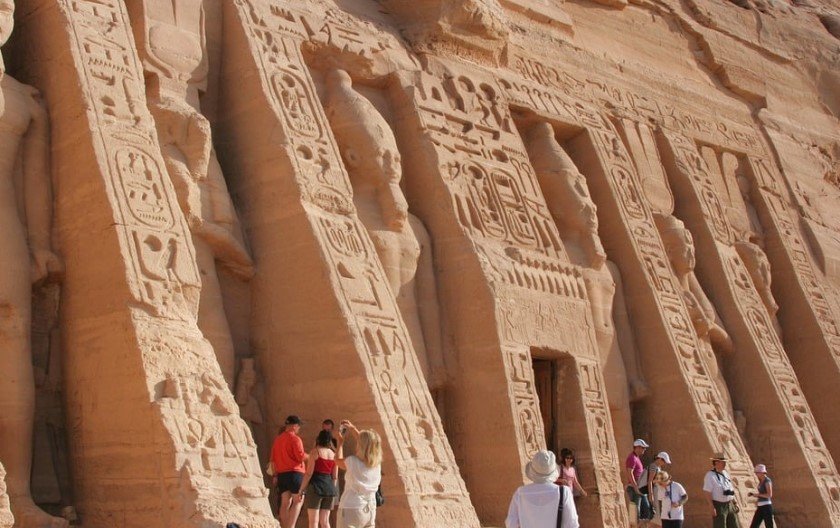A cryptic panel carved into stone in Egypt’s southern desert is turning heads in the archaeology world—and not just for its age. This could be one of the earliest visual records of elite political authority in Ancient Egypt, dating back over 5,000 years.
The site, found near Aswan, offers fresh insight into the roots of statehood along the Nile, raising new questions about how Egypt’s powerful dynastic structure actually came into being.
Not Just Art—A Political Statement in Stone
The panel isn’t large. But its implications? Monumental.
Researchers believe the rock art may show a high-ranking figure from the First Dynasty, potentially placing it around the time of Narmer, the pharaoh often credited with unifying Upper and Lower Egypt around 3100 BC.
“These aren’t just doodles on a rock,” said Dr. Dorian Vanhulle, an archaeologist from the Musée du Malgré-Tout in Belgium who led the study. “This is calculated symbolism. It’s political messaging, carved into the landscape.”
What’s striking is the setting itself. Aswan, located in southern Egypt, has long been viewed as a kind of gateway—both geographically and symbolically—between Nubia and the Nile heartland.
And now, it seems, between local chieftains and rising kings.

What the Carving Shows—and What It Hints At
So what’s actually on the rock?
Details are still under close academic review, but the carving reportedly includes:
• A human figure with elaborate headgear or crown
• Animal motifs commonly linked with early royal iconography
• Signs of organized ceremony or ritual action
None of it is labeled. But to specialists, the elements echo a style seen in Narmer’s Palette—the ceremonial artifact housed in Cairo that is widely considered one of Egypt’s oldest political documents.
Vanhulle suggests the rock art could represent a local elite either asserting his own domain or aligning with an emerging royal identity from the north.
That’s a big deal.
Why This Changes the Conversation Around State Formation
For decades, Egyptologists have struggled to pin down exactly how Egypt transitioned from fragmented chiefdoms into a centralized monarchy. Was it bloody conquest? Gradual federation? A combination?
What the Aswan rock panel suggests is that the process may have been more symbolic than previously thought—one where landscape, iconography, and power overlapped.
“This site shows how early leaders didn’t just use weapons or temples to control space,” Vanhulle explained. “They used the rocks, the terrain itself, to plant a political flag.”
One sentence here—art was territory.
A Silent Witness to an Unwritten Chapter
The importance of rock art, especially in remote areas like the Lower Nile Valley, has often been overshadowed by grander finds—tombs, temples, and treasure.
But panels like this are time capsules.
They carry no text, no clear explanation. Yet they’re located deliberately, often at crossroads, near water sources, or along trade routes. And the message—subtle or not—is one of control.
Vanhulle and his team argue that the Aswan site may have marked a territorial claim—a declaration that someone of rank was watching, perhaps even ruling, from there.
That fits with a growing theory: early Egyptian rulers used visible markers in the wild to build an aura of power long before the pyramids.
What Happens Next: Conservation and More Questions
For now, the panel is being carefully documented and protected. Egyptian authorities are expected to work with international researchers to preserve it against erosion and vandalism.
There are also whispers of similar carvings nearby that may form a larger network of elite marking zones. If that’s true, archaeologists may have stumbled onto a kind of pre-dynastic “geo-political graffiti trail.”
And the hope is that this discovery sparks more research into non-urban expressions of power—artifacts that don’t sit inside tombs or temples but still carry major historical weight.
